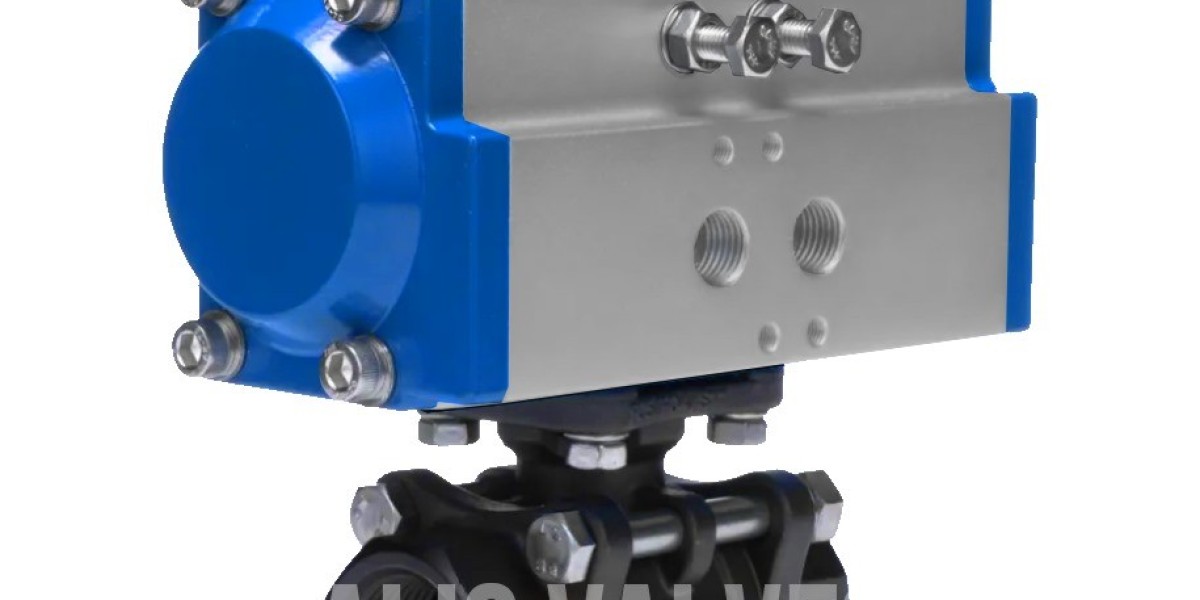Ball valves are essential components in fluid and gas systems, providing precise control over flow. They are widely used in industries such as oil and gas, water treatment, chemical processing, and HVAC systems due to their reliability and ease of operation. However, knowing the right time to open and close a ball valve is critical for maintaining system safety, preventing damage, and ensuring operational efficiency. This guide explores the best practices for ball valve operation and the importance of timing in various applications.
How a Ball Valve Works
A ball valve consists of a spherical ball with a bore (hole) through its center. When the handle or actuator rotates the ball, the bore aligns or misaligns with the flow path, allowing or blocking fluid movement. The two primary positions are:
Open Position: The bore is aligned with the pipeline, allowing free fluid flow.
Closed Position: The ball is rotated 90 degrees, blocking flow entirely.
When to Open a Ball Valve
Opening a ball valve at the appropriate time ensures smooth operation and prevents unnecessary wear and tear. Here are key situations where a ball valve should be opened:
1. Starting System Operation
Before initiating any process involving fluid or gas movement, the ball valve must be opened to allow flow. This is common in applications such as water supply systems, gas pipelines, and industrial fluid processing.
2. Allowing Fluid Circulation
In systems that require continuous flow, such as cooling and heating systems, ball valves should remain open to maintain efficiency. HVAC systems, for example, rely on open valves to regulate water and refrigerant flow.
3. Pressure Equalization
Ball valves are often used to manage pressure within a system. Opening a valve at the right time can prevent pressure buildup, which could lead to pipe bursts or equipment failure.
4. Draining or Flushing the System
Before maintenance or cleaning, it may be necessary to flush the system. Opening a ball valve allows fluid to exit, removing debris, contaminants, or stagnant liquids.
5. Bypassing a Closed Section
If a section of a pipeline is shut down for maintenance, opening a bypass valve ensures continuous operation without completely shutting down the system.
When to Close a Ball Valve
Closing a ball valve is equally important for maintaining system safety and efficiency. Here are the key instances when a ball valve should be shut:
1. Emergency Shutdown
In cases of leaks, fires, or system malfunctions, quickly closing a ball valve can prevent hazards such as gas leaks, water damage, or chemical spills.
2. Performing Maintenance or Repairs
Before servicing pipes, pumps, or other equipment, ball valves should be closed to isolate the affected section and prevent fluid from flowing into the area being worked on.
3. Regulating Fluid Levels
In tanks, reservoirs, and water distribution systems, ball valves are used to control fluid levels. Closing a valve prevents overflow or excessive depletion.
4. Isolating System Components
For operational flexibility, ball valves can be closed to isolate specific components, allowing for targeted troubleshooting or replacement without shutting down the entire system.
5. Preventing Contamination
In industries like pharmaceuticals and food processing, ball valves must be closed at specific times to prevent cross-contamination between different fluids.
Factors Affecting the Timing of Valve Operation
To ensure safe and efficient ball valve operation, consider the following factors:
1. System Pressure
Valves should be opened or closed gradually in high-pressure systems to avoid sudden pressure fluctuations that could damage equipment or cause leaks.
2. Temperature Conditions
Extreme temperatures can affect the material integrity of ball valves. Ensure that temperature changes do not cause expansion or contraction that could impact valve performance.
3. Fluid Type
The nature of the fluid (e.g., corrosive chemicals, steam, or gas) influences the timing of valve operation. Some fluids require slow opening and closing to prevent shock or rapid pressure drops.
4. Valve Material and Design
Different ball valve materials (stainless steel, brass, PVC) have different operational limits. Choosing the right valve for the specific application ensures longevity and safety.
5. Automation and Remote Control
Some industrial systems use automated ball valves with sensors and actuators. These should be programmed to open or close at precise times to optimize system performance.
Best Practices for Safe Ball Valve Operation
To maximize safety and efficiency, follow these best practices:
Follow Manufacturer Guidelines – Always adhere to the recommended operating procedures for ball valves.
Use Gradual Operation – Avoid sudden movements to reduce pressure surges and wear on the valve components.
Inspect Valves Regularly – Routine maintenance and inspections help detect wear, leaks, and potential failures before they become serious problems.
Train Personnel – Ensure that operators understand how and when to open or close ball valves safely.
Use Proper Actuation – In automated systems, ensure actuators are correctly calibrated to avoid improper valve positioning.
Applications of Ball Valves in Safety-Critical Systems
Ball valves are used in various safety-critical applications, including:
Oil and Gas Pipelines – Used to prevent hazardous leaks and explosions.
Fire Suppression Systems – Quick shut-off ensures fire containment.
Chemical Processing Plants – Prevents cross-contamination and chemical spills.
Water Treatment Facilities – Regulates clean and wastewater flow.
Medical Gas Systems – Ensures controlled delivery of oxygen and other gases.
Conclusion
Understanding the right time to open and close a ball valve is essential for system safety, operational efficiency, and equipment longevity. Whether it’s an emergency shut-off, maintenance, or continuous operation, knowing when to operate a ball valve properly can prevent hazards and optimize performance. Regular inspections, adherence to best practices, and training can ensure safe and effective valve use across various industries.








